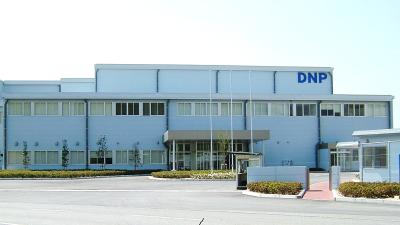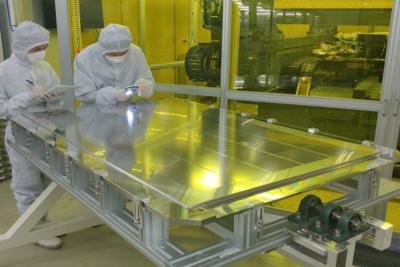DNP invests $140 million to increase its OLED FMM production capacity
Japan-based Dai Nippon Printing (DNP), the world's leading OLED FMM mask producer, is investing about 20 billion Yen (about $140 USD million) to expand the production capacity at its Kurosaki plant situated in Kitakyushu City.

DNP says that the new FMM line is expected to begin production in the first half of 2024, and will produce large-area FMM masks, suitable for the 8-Gen lines now being commissioned by the OLED industry to enhance production for IT displays. This new capacity will more than double DNP's FMM production capacity.






